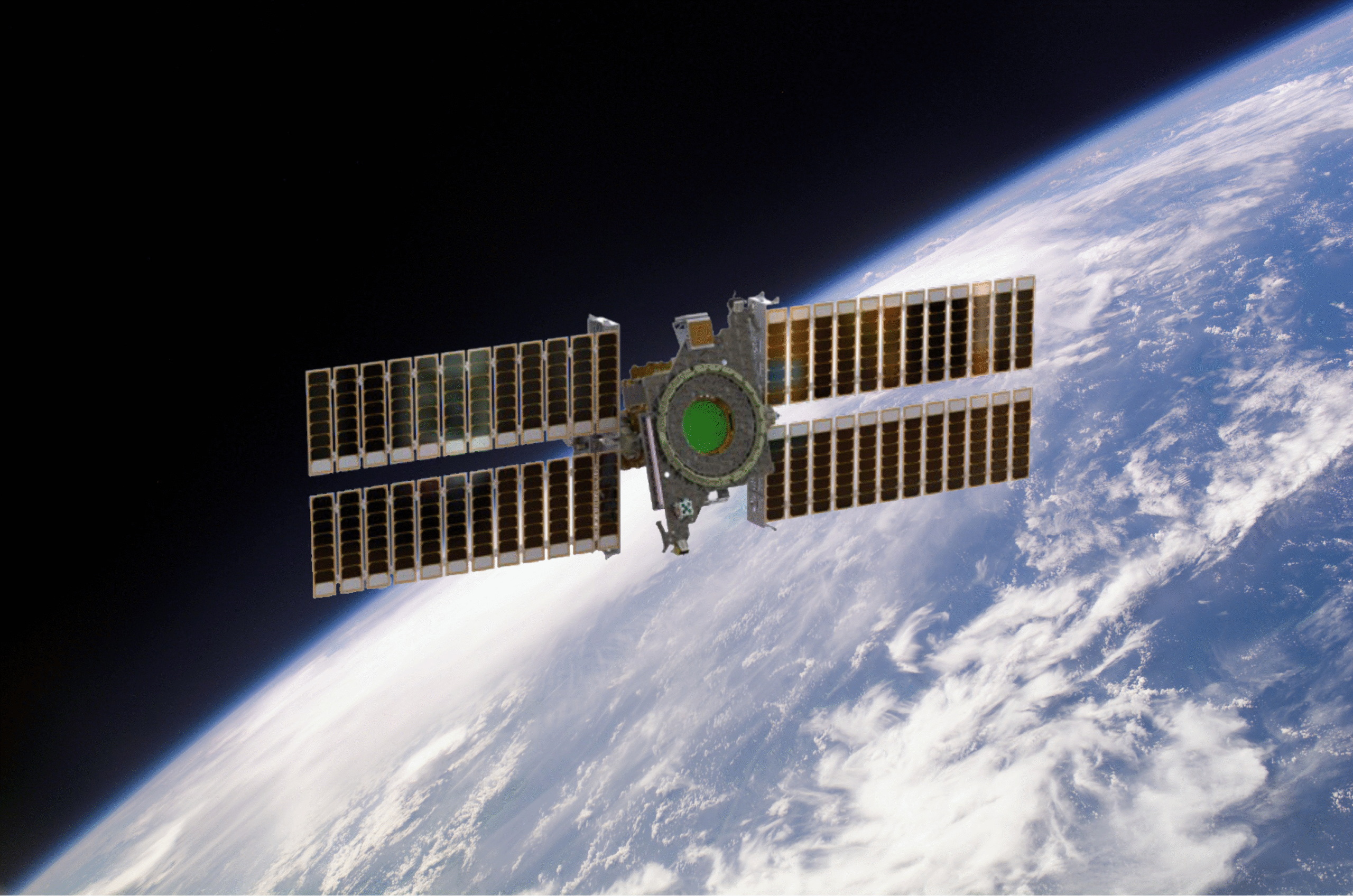Key Takeaways
- Athena EPIC is NASA’s innovative mission aimed at reducing launch costs and increasing efficiency through a shared, configurable satellite platform.
- This approach integrates multiple payloads with common resources, allowing for flexible designs and improved spacecraft maneuverability.
- The mission is set to launch on July 22 aboard a SpaceX Falcon 9 rocket and will leverage partnerships with NOAA and the U.S. Space Force.
Innovative Satellite Technology
NASA’s Athena Economical Payload Integration Cost mission, known as Athena EPIC, represents a significant advancement in space technology with its focus on cost-effective satellite launches. The mission utilizes a small satellite platform that shares resources among onboard payloads, streamlining operations and reducing the overall cost to taxpayers.
Clayton Turner, Associate Administrator for Space Technology at NASA, emphasized the mission’s role in accelerating scientific discovery: “Increasing the speed of discovery is foundational to NASA.” Athena EPIC exemplifies a collaborative effort between government and industry, with valuable contributions from NOAA, the U.S. Space Force, and NovaWurks, which engineered the space vehicle using a Hyper-Integrated Satlet (HISat).
The HISat design is akin to building blocks, allowing for the creation of adaptable structures called SensorCraft. These SensorCraft can accommodate various payloads and can be easily resized or reshaped, enhancing access to space for payload providers while also improving maneuverability between orbits.
NASA’s Langley Research Center developed the Athena sensor payload, which includes an optical module and calibration components, using spare parts from the older CERES mission. Kory Priestley, principal investigator for Athena EPIC, noted that this mission merges payload functions and satellite platforms, reducing the need for extensive onboard processing capabilities and improving redundancy.
Traditionally, satellites are immense, custom-built units requiring considerable resources for management, which drives up mission costs. In contrast, the SensorCraft concept allows for significant cost reductions, potentially lowering mission expenses from billions to millions of dollars. “Now we are talking about something much smaller — SensorCraft the size of a mini refrigerator,” added Priestley, indicating a more economical solution for future Earth observation missions.
Athena EPIC is slated to launch on July 22 as a rideshare program aboard a SpaceX Falcon 9 rocket from Vandenberg Space Force Base in California. The mission will include NASA’s primary payload, the TRACERS (Tandem Reconnection and Cusp Electrodynamics Reconnaissance Satellites) mission, which is led by the University of Iowa in conjunction with NASA’s Heliophysics Division.
As the landscape of satellite technology evolves, Turner remarked on the necessity for a more innovative, efficient approach to satellite launches to enhance the value of exploration and scientific measurements. The Athena EPIC mission demonstrates a promising step towards the future of space exploration, emphasizing collaboration and advanced technology for a new era in satellite deployment.
The content above is a summary. For more details, see the source article.















